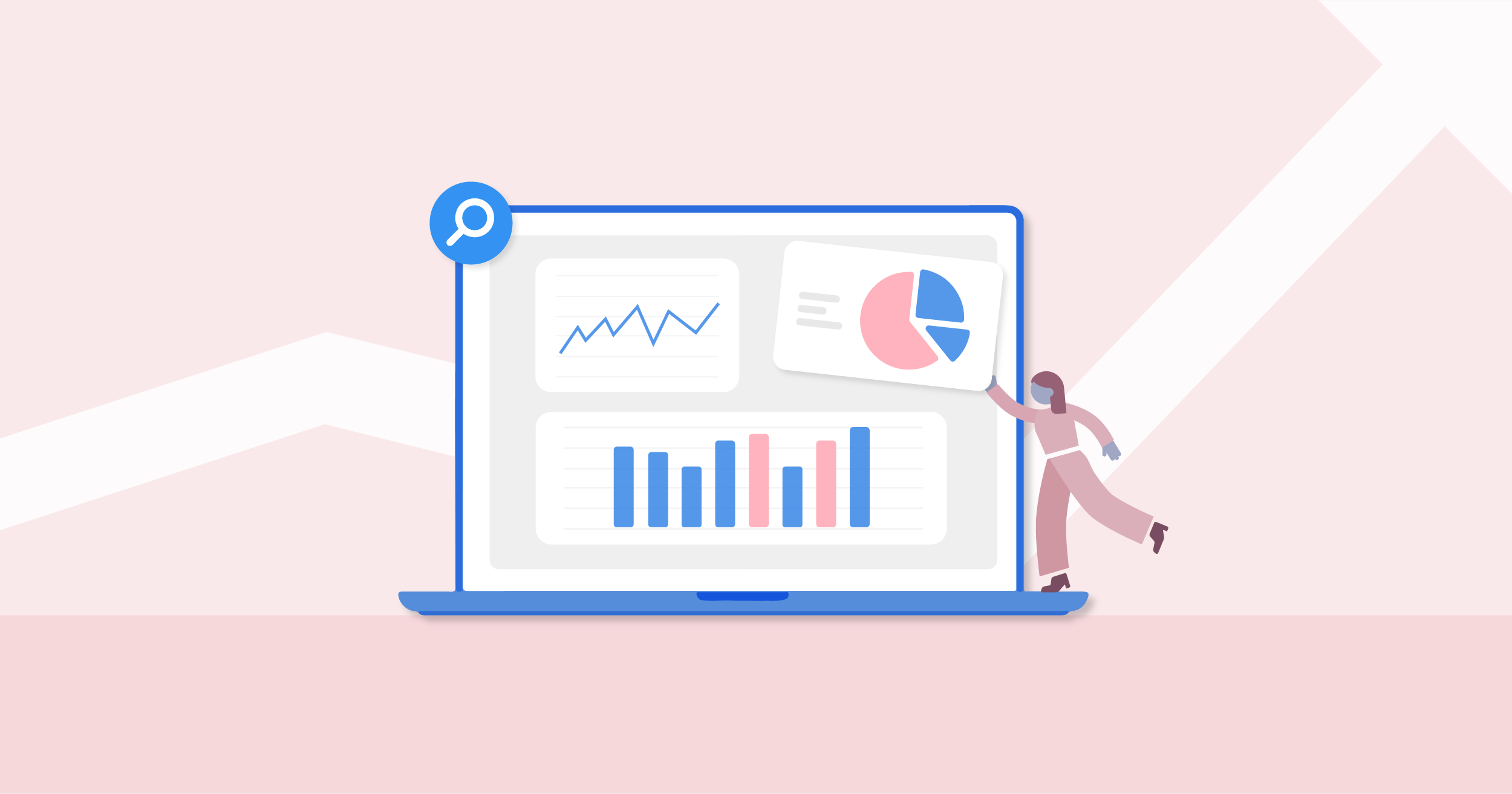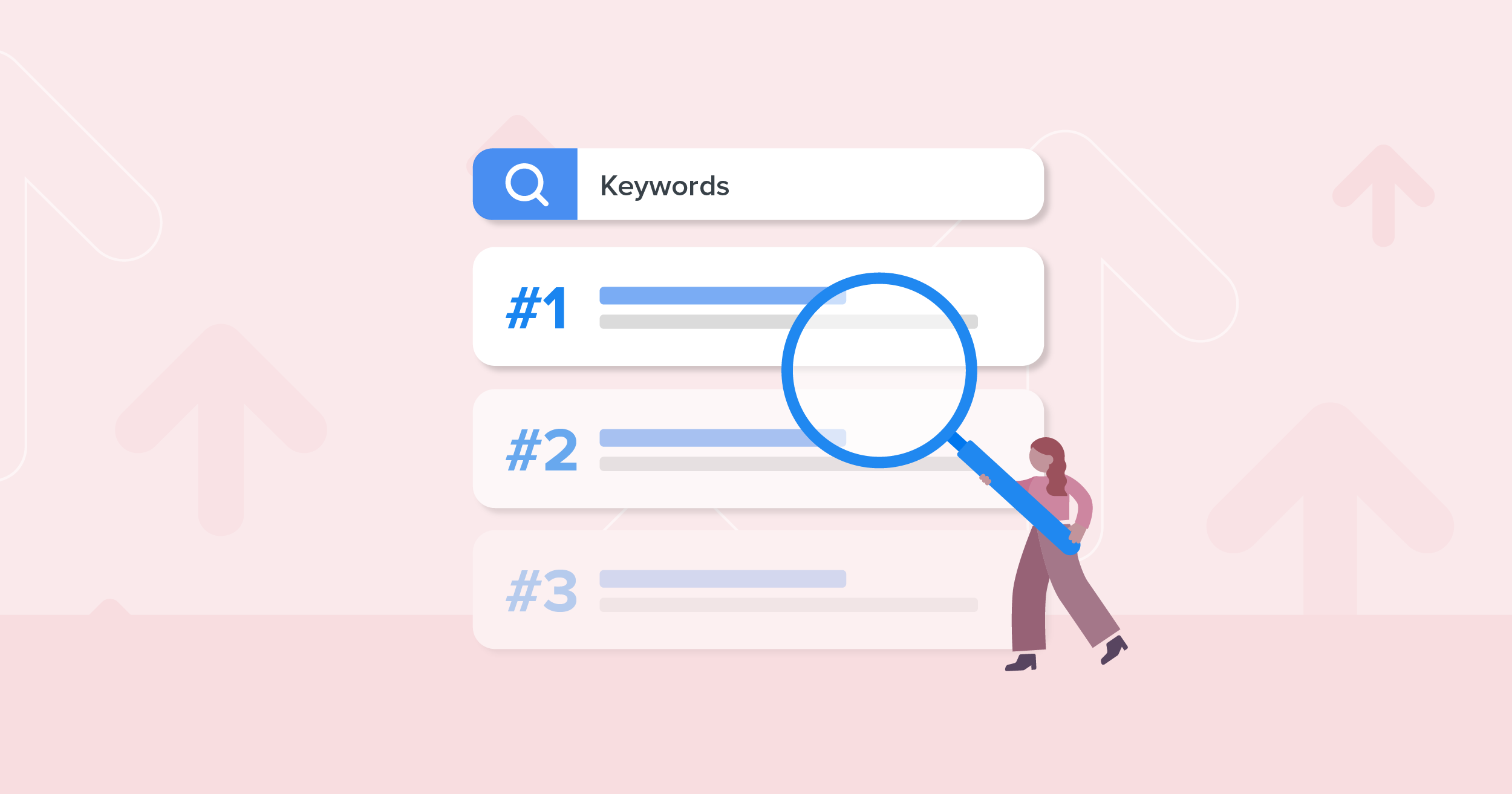Within digital marketing and SEO's competitive landscape professionals need precision and consistency to remain ahead of indu...
Read MoreOur Blogs

Why Every Digital Marketer Needs a Google Position Tracker for SEO Success
Digital marketing professionals need to master search engine rankings to maintain a competitive edge. Marketers need a Google...
Read More
How to Check Keyword Rankings Without Affecting Google Analytics Data
A comprehensive SEO strategy includes being aware of how well your website is doing on keyword research. But keyword rank mon...
Read More
How to Use Daily Rank Tracking to Detect Algorithm Changes?
In the dynamic field of search engine optimization (SEO), staying on top of algorithm updates is an essential success strateg...
Read More